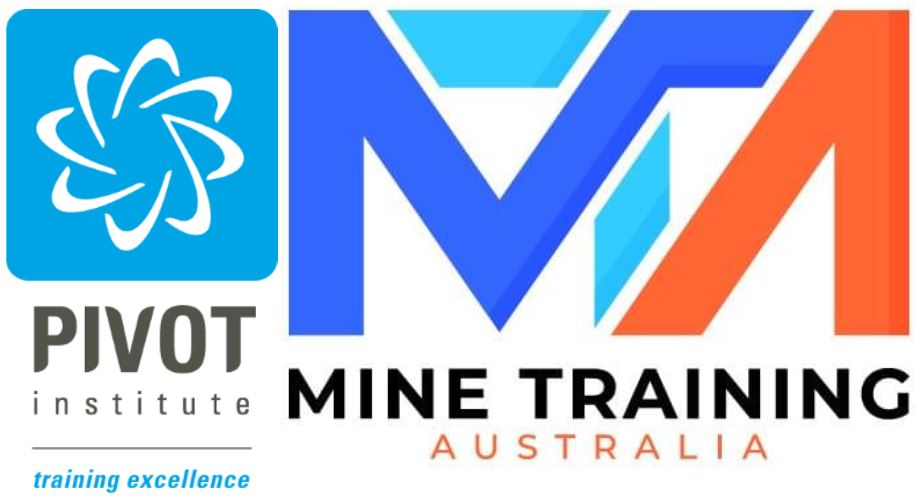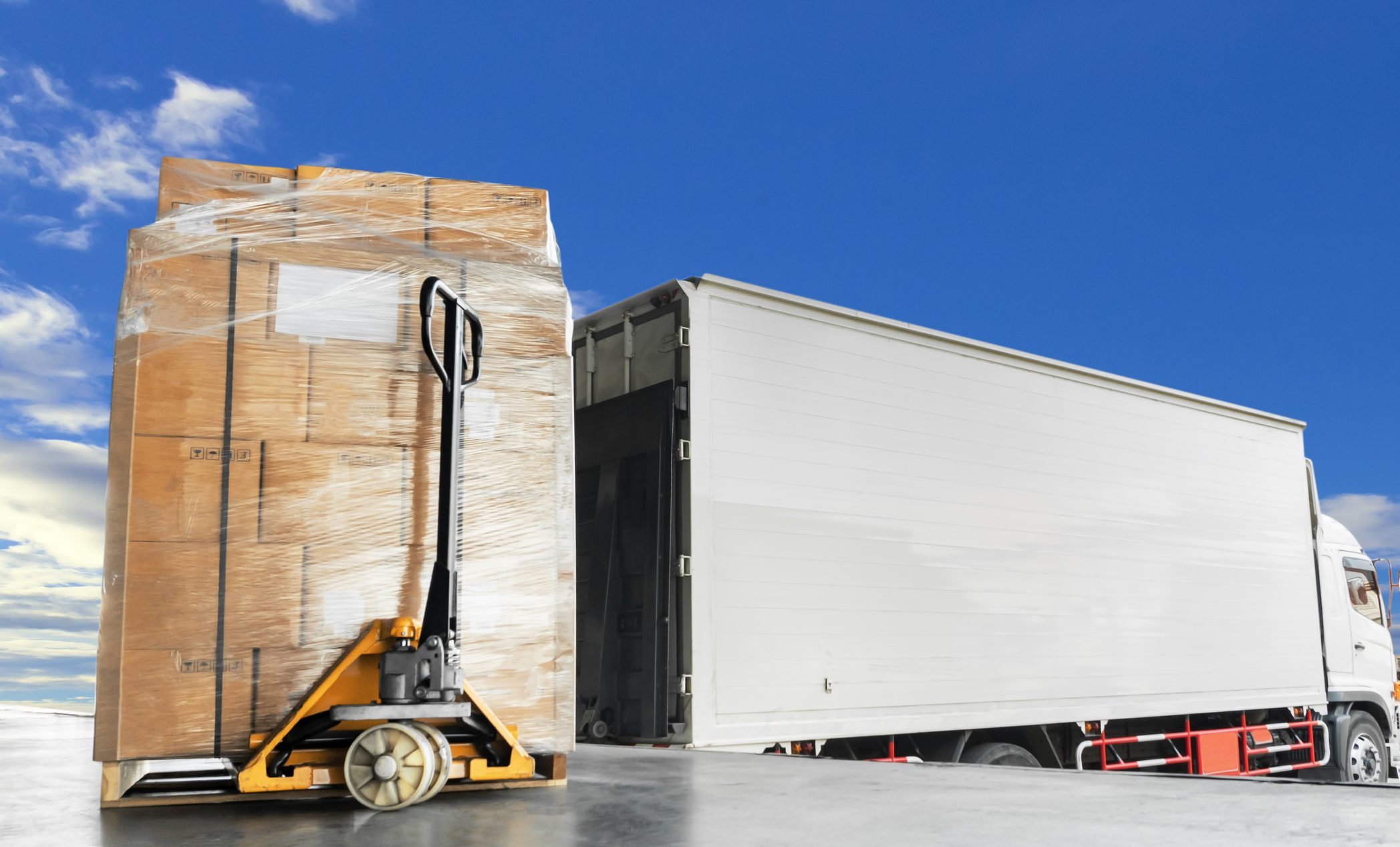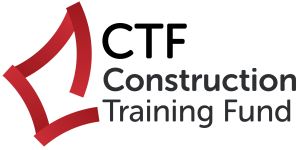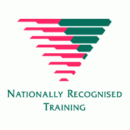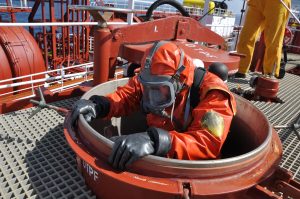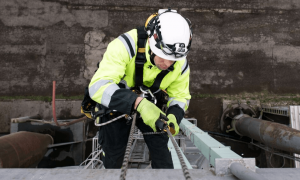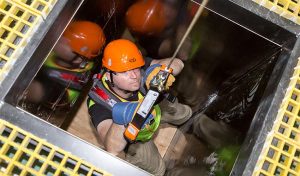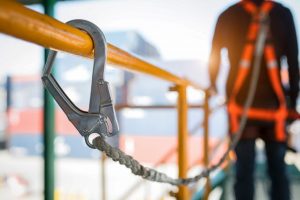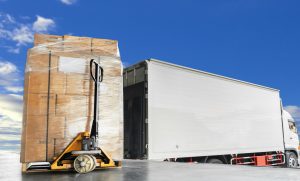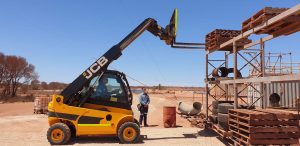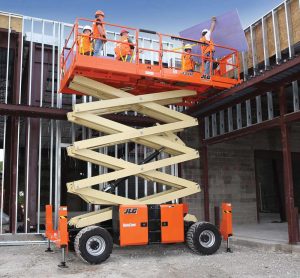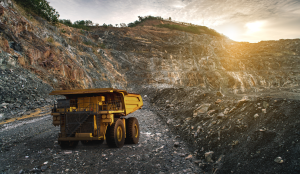TLIA1001 Secure Cargo & TLID0015 Load and Unload Goods/Cargo Course
TLIA1001 Secure Cargo
This unit involves the skills and knowledge required to secure cargo in accordance with procedures and regulatory requirements as part of work activities within the transport and logistics industry. It includes preparing to secure cargo/containers, lashing and unlashing cargo, protecting cargo from weather, and packing and unpacking cargo. Work is performed under some supervision generally within a team environment.
TLID0015 Load and Unload Goods /Cargo
This unit involves the skills and knowledge required to shift loads using cranes in accordance with workplace and regulatory requirements, as part of work activities in the transport and logistics industry. It includes planning work for the current working conditions, using controls and crane operating systems, locating and identifying load characteristics and safely moving loads. It also includes monitoring controls and stopping, shutting down and securing the crane after the completion of operations.
Course Overview
Mine Training Australia is proud to present a dual-certified course – the TLIA1001 Secure Cargo & TLID0015 Load and Unload Goods/Cargo. This comprehensive training program is designed for individuals who aspire to master the essentials of goods handling, whether you’re a novice or an industry professional seeking to upskill.
About the Course
The TLIA1001 Secure Cargo & TLID0015 Load and Unload Goods/Cargo course dives deep into the practical and theoretical aspects of cargo management. From understanding the basics of load securing, handling equipment and tools, to the nitty-gritty of regulatory requirements, risk management, and safety protocols – we’ve got it all covered.
Why Choose Mine Training Australia?
At Mine Training Australia, we value your growth and safety. Our training modules are meticulously designed by industry experts to provide a balanced blend of hands-on experience and theoretical knowledge.
- Practical Skills: Our course enables you to practice real-world skills in a safe and supportive environment.
- Industry-Recognised Certification: On successful completion of the course, you’ll receive certification recognized across Australia, opening doors to numerous career opportunities.
- Experienced Trainers: Our seasoned trainers have big industry experience and are ready to guide and mentor you at every step of your learning journey.
- Flexible Learning Schedule: We offer flexible training options to accommodate your commitments and ensure you get the most out of your training.
- Dedicated Support: Our friendly team is always there to answer your questions, provide assistance, and ensure your learning experience is as smooth and rewarding as possible.
Secure Your Spot Today
Enrol now to kickstart your journey into the world of cargo management. With Mine Training Australia, you’re not just gaining a qualification, you’re setting the foundation for a safer, more competent future in the industry. Together, let’s secure your career!
Entry Requirements
A moderate English language, literacy and numeracy skill is required.
Participants must be over eighteen (18) years of age of age.
Participants must wear the following PPE to commence the training:
- long sleeved shirt (preferably high vis)
- long pants
- steel capped boots required
Safety glasses, gloves and hard hat will be provided however you are encouraged to bring your own.
Lunch: Bring your own (microwave and fridge available) or Lawley’s bakery is across the road.
Parking is available on site or walk from Glendalough Train Station.
